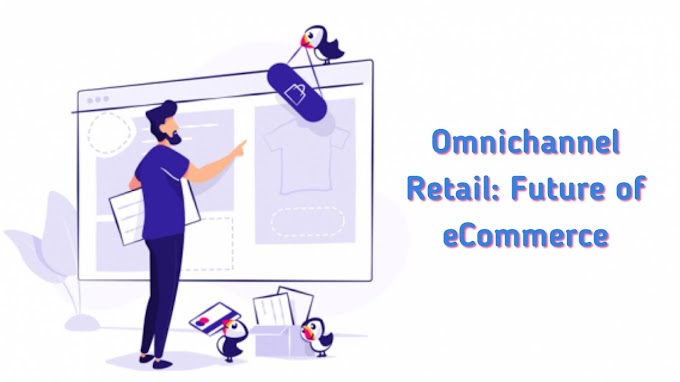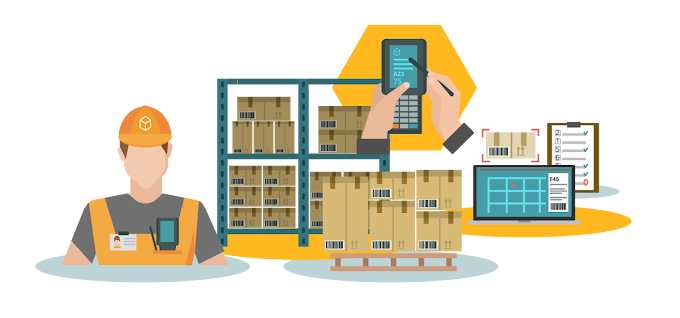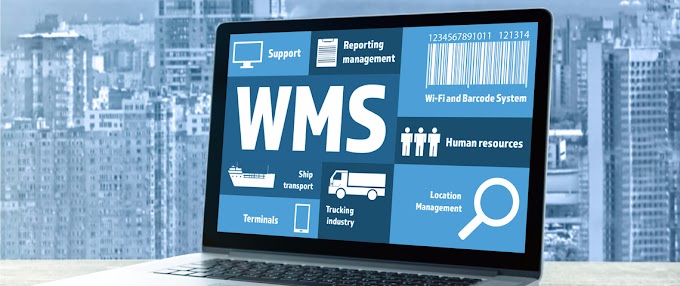What is an omnichannel customer experience?
An omnichannel customer experience means a customer can interact with your business across multiple channels as part of one seamless customer journey. Marketing, sales, customer support, and even in-store experiences are synced up so a customer can easily go from one customer channel to another to complete their purchase.
Difference Between Omnichannel and Multichannel
Multi-channel retailing aims to widen a campaign’s reach by broadcasting on the maximum number of channels. Most companies have a paid media strategy, social media strategy, email marketing strategy, and so on. The goal is to cast a wide net and reach potential customers wherever they are, keeping the brand top-of-mind.
All omnichannel campaigns use multiple channels, but not all multi-channel campaigns are omnichannel. You can have engaging social media campaigns, popular blog content, and a stunning website — but if it doesn’t all work together, it’s not omnichannel.
Omnichannel retailing unifies campaigns and messaging across channels to deliver a complete, consistent customer experience. Every touchpoint nudges them in the same direction.
With omnichannel, the focus is on building a stronger brand relationship by ensuring customers receive the same experience and messaging on every single channel and device — and not just with marketing, but across PR, product, customer support, and sales.
6 tips to create your own omnichannel customer experience
Read these top tips to get started on creating an omnichannel customer experience for your business.
1. Understand your audience
The most important thing to remember about creating an omnichannel customer experience is that it needs to deliver what your customer wants, when they want it, how they want it. The first thing to do before setting out on any strategy is to do some deep research on your customers to truly understand the people who make up your audience.
Depending on the demographic you’re looking to target, the balance to strike between online and offline channels will differ considerably.
2. People expect good mobile services
It’s no secret that mobile is huge.
More people are searching on mobile and buying on mobile. Therefore, it only makes sense that they’re also seeking customer service support on their mobiles.
Unfortunately, businesses aren’t keeping up with customer expectations of their mobile engagement. 90% of customers say their customer service experience on mobile was negative. And the same study found that 52% of customers say that a poor mobile experience makes them less inclined to do business with a company.
The top complaint of customers searching for customer service on a mobile site is “incorrect display/difficult to navigate”. Slow loading times also frustrate customers looking for information.
3. Map your customer journey
After identifying who your customers are and what channels they use to interact with you, you need to map out the journey they take to purchase a product. With this map, you can highlight areas where an omnichannel experience can be implemented or enhanced.
For example, when mapping a customer journey, you might notice that you lose a lot of customers between the ‘review basket’ stage and the ‘complete purchase’ stage on your website. Perhaps customers are struggling to edit their basket so end up abandoning the purchase?
A solution could be to install a live chat option on the ‘review basket’ page. This way, if customers encounter difficulties editing their basket, they can quickly contact an agent for assistance. The agent can help them modify their basket in real time and the customer can complete their purchase.
By mapping out customers’ journeys, it is easy to spot opportunities for an omnichannel experience and identify what resources you need to implement it.
4.Improve your social media response times
Social media can be a great customer service tool, resulting in high customer satisfaction rates. However, many brands fail to understand customer’s expectations when it comes to providing customer service through social listening.
There’s a gap between when customers expect an answer after initiating contact and when businesses are actually responding. 32% of clients want an answer within 30 minutes and 57% of these clients expect the same turnaround on nights and weekends.
But the average response time for leading businesses is 157 minutes. The percentage of businesses who respond within the expected 30 minutes time frame is only 8%. And a full 12% of businesses don’t respond to customer messages on social media at all!
As customers interact with your brand across different channels, it is important that you provide an omnichannel retail customer support strategy to run alongside it.
To create an omnichannel customer experience, customers should be able to communicate directly with an agent on the channel they are currently interacting with. Live web chat, for example, is a popular contact channel for companies and customers to use, as it enables instant communication on any page of a website.
When implementing an omnichannel support strategy, you also need to ensure that your contact center agents can easily offer the necessary omnichannel support. A system like Talkative ensures that an agent’s contact options, such as live chat, web call, video call and cobrowse are integrated into one screen so they can easily move between interactions when required.
These new channels will also be perfectly synced with existing phone and email channels, either through integration with your existing phone system, such as Mitel, or via Talkative’s own telephony capabilities. Integrating all possible contact channels in your contact centre in this way is the best way to support a seamless omnichannel customer experience.
6.Self-service is the new customer service
More and more customers expect businesses to make it easy for them to solve their customer service issues themselves.
Being able to look up an answer and fix the problem on their own time without having to contact a customer service representative makes it really convenient. In fact, nearly three-quarters of consumers prefer to use a business’ website to find a solution vs. other service channels.
There are lots of ways to help customers find solutions with a comprehensive FAQs page being the most widely implemented self-service channel.
Even if customers can’t find the answer themselves and need to contact a representative, the availability of reliable information helps facilitate the customer experience.
This reduces the amount of time it takes the customer service agent to solve the problem and the number of times a customer needs to contact customer service.









0 Comments